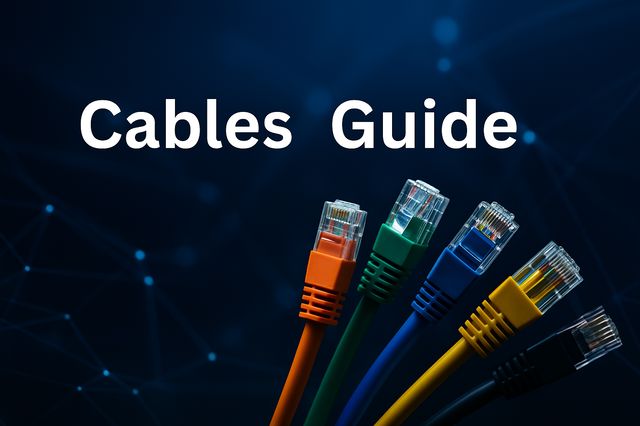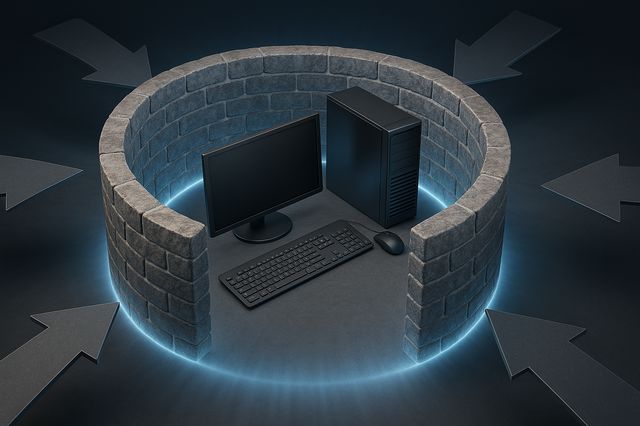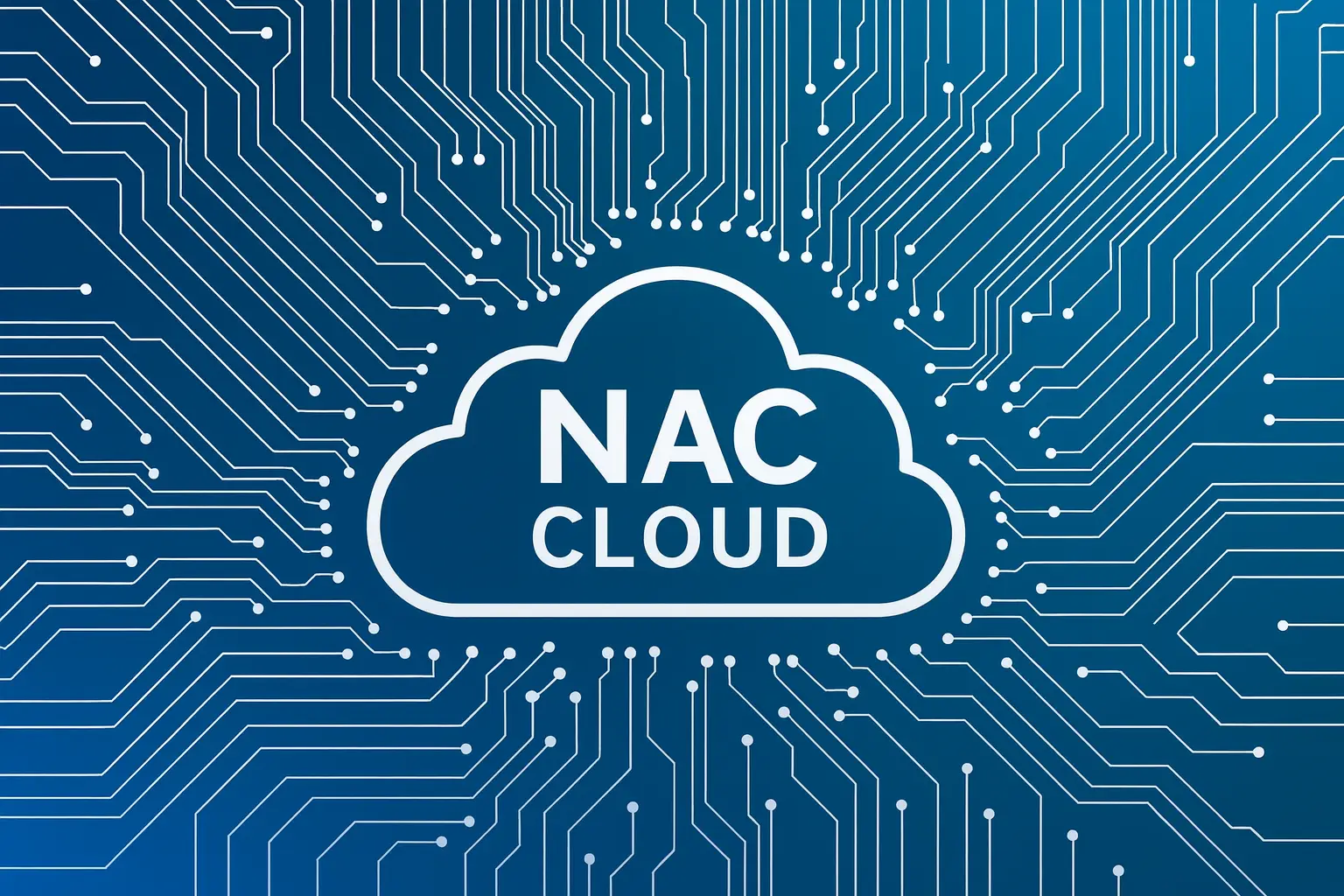Server infrastructure in 2025 is the backbone of every digital business a secure, scalable, and automated ecosystem that connects hardware, virtualization, and cloud environments into one resilient framework. The best setups combine performance, redundancy, and security-by-design principles to minimize downtime, prevent data loss, and enable continuous business growth. The Foundation of Every Digital Business Your servers are not just machines they are the heartbeat of your business. Every transaction, customer login, and cloud backup flows through them. A weak server setup can cost thousands in downtime, performance loss, and data…
Read MoreCategory: Cloud Security
Network Cable Standards 2025 | The Complete SECITHUB Guide for SMB IT & Cybersecurity
Network cable standards in 2025 define the backbone of modern business connectivity ensuring faster data transmission, stronger cybersecurity, and future-ready scalability. Upgrading from CAT5e to CAT6a or CAT8 delivers not only speed but also improved shielding, stability, and resilience against electromagnetic interference, supporting Zero Trust, PoE++, and AI-driven workloads across SMB networks. The Backbone of Every Secure Network Behind every reliable business network lies a simple but critical component: the cable. While wireless gets the headlines, structured cabling remains the invisible infrastructure that keeps data secure, fast, and available.The latest…
Read MoreThe Complete SECITHUB Report for Choosing the Right Office Firewall | 2025 SMB Firewall Ranking & Buyer’s Guide
The 2025 SECITHUB Firewall Ranking reveals how small and midsize businesses (SMBs) can select the best firewall for hybrid, cloud, and remote environments.Modern firewalls combine AI-driven threat detection, Zero Trust Network Access (ZTNA), and SASE architecture to protect users and data across all edges.Choosing the right solution Fortinet, Cisco Meraki, Sophos, Palo Alto, or WatchGuard means securing not just your network, but your business continuity in 2025 and beyond. Why SMB Firewall Decisions Matter in 2025 | The Small Business Gateway Is Under Attack In 2025, small and midsize businesses…
Read MoreZero Trust Access Management for SMBs in 2025 | Controlling Identity, Cloud, and Access
Zero Trust Access Management (ZTAM) is the next evolution of identity and access control for small and midsize businesses.It replaces static trust with continuous verification ensuring every user, device, and session is authenticated in real time.In 2025, SMBs adopting Zero Trust reduce credential-based breaches, improve compliance readiness (ISO 27001, GDPR, PCI-DSS), and cut administrative overhead by up to 40% through automation and centralized identity governance. The Hidden Cost of Uncontrolled Identity In small and midsize businesses, access management is often invisible until something goes wrong.A single shared password, a forgotten…
Read MoreGet the Full Essential Guide | Office IT Infrastructure Setup & Cost-Saving Checklist
How to Plan, Build, and Protect a Reliable IT Infrastructure Before You Move In A perfect office on paper can quickly turn into daily frustration when your cabling, Wi-Fi, or power aren’t ready on day one. At SECITHUB, we’ve condensed years of hands-on field experience into a clear, structured framework the Office IT Setup Guide.It’s designed to help SMBs plan smarter, avoid costly mistakes, and build IT foundations that scale with growth What’s Inside the Full Guide Plan Before You BuildLearn how to align IT design with architecture and electrical…
Read MoreCloud NAC for SMBs in 2025 | A Zero Trust Strategy to Cut Downtime and IT Costs
Cloud Network Access Control (Cloud NAC) is a cloud-based Zero Trust framework that manages and secures every device connecting to a business network whether wired, wireless, or remote.In 2025, SMBs use Cloud NAC to automate onboarding, verify device compliance, and isolate threats in real time.It reduces IT workload by up to 40%, eliminates unauthorized access, and ensures continuous compliance with regulations such as GDPR, HIPAA, and ISO 27001 all without on-premise servers or complex configuration. The Hidden Cost of Uncontrolled Access In most small and midsize businesses, network access happens…
Read MoreHigh Availability Firewalls 2025 | Building Continuous Protection for Modern Networks
High Availability (HA) firewalls ensure business continuity by eliminating single points of failure in network security.They use redundancy, session synchronization, and automated failover to maintain protection during hardware or link failures.For SMBs and enterprises alike, HA is not just a technical upgrade it’s a strategic necessity to keep operations, compliance, and trust uninterrupted. The Hidden Cost of Network Downtime Every second your network is offline, your business loses more than connectivity | it loses revenue, credibility, and customer trust. In today’s digital environment, availability is not a luxury but a…
Read MoreChoosing Between On-premises Servers and Cloud Services After Relocation
Choosing between On-Premises Servers and Cloud Services after relocation is one of the most critical IT decisions SMBs face.In 2025, relocation offers the perfect opportunity to modernize infrastructure replacing aging servers with scalable, secure, and compliant cloud environments, or designing a hybrid IT model that balances control and flexibility.The right choice depends on compliance requirements, connectivity, and total cost of ownership (TCO).Done strategically, relocation becomes not just a move but a modernization milestone. Relocating an office is more than just moving furniture and reconnecting workstations. For SMBs, it is a…
Read MoreHow to Build and Secure a Network Rack for SMB Offices | A Practical Guide
Building and securing a network rack for SMB offices means designing the physical and logical foundation of your IT environment where connectivity, stability, and security all meet.A well-planned rack ensures uptime, protects equipment, and supports business growth.Core best practices include: Proper capacity and airflow planningClear rack organization (patch panels → switches → servers → power) Strong physical access controls and monitoring Secure firmware, cabling, and labeling standards Ongoing audits, remote monitoring, and MSP oversight In 2025, your network rack isn’t just hardware it’s your business continuity engine. For small and…
Read MoreHow to Choose the Right Managed IT Service Provider | SMB Guide
For small and mid-sized businesses (SMBs), technology is both an opportunity and a challenge. A reliable IT backbone drives growth, productivity, and resilience. Yet maintaining in-house expertise across all domains networking, cloud, cybersecurity, compliance, and disaster recovery is expensive and complex. This is where a Managed IT Service Provider (MSP) becomes essential. But not all MSPs are equal. The wrong partner can leave you exposed to downtime, regulatory penalties, and cyberattacks. The right one, however, becomes a trusted advisor, ensuring security, scalability, and business continuity. This guide outlines the critical…
Read More








